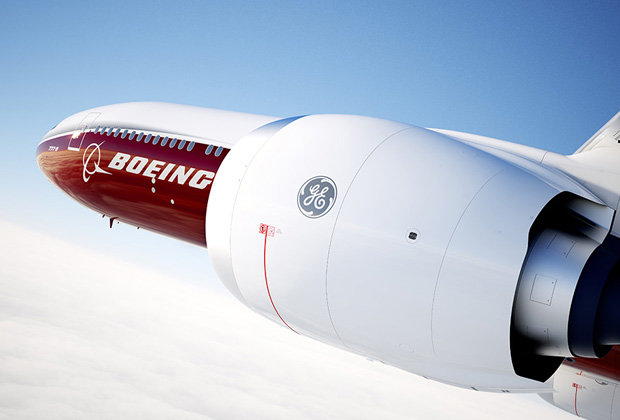Intech DMLS, a metal additive manufacturing company from India, have announced the development of the country’s first jet engine series.
Developed by Intech’s R&D arm, ‘Poeir Jets’, the MJE20 engine starts small, powering unmanned aerial vehicles (UAVs) and remote-controlled aircraft. According to the Times of India, this will make them the first Asian country to develop an indigenous jet engine.
A forward-looking statement from Sridhar Balaram, director of Intech, suggests this won’t be the last jet engine created in the country either. They are already developing future engines which will serve larger planes:
…the success we’ve seen has pushed us to develop bigger engines. We have the MJE-40 and MJE-100, which will be able to power bigger UAVs.

3D printed power
The current engine, weighing just over 2 kg, can provide an uninstalled thrust of 20 kg, and as such is not designed to power larger aircrafts. Balaram says “It is for this reason that we will be ready for certification in 24 months,” adding “Given that they are gas turbine engines, they will give longer flying hours.”
Leading direct metal laser sintering (DMLS) techniques under the coined name “Sinteneering Innovations”, Intech work with work with titanium, inconel, cobalt chromium, stainless steel strains, aluminium and maraging steel powders to produce parts. Their services cover projects in aerospace, automotive, tool & die, rapid prototyping and medical industries.
Balaram’s latest update on the MJE20’s development is as follows:
We fired the engine for the first time on February 8, 2017, and it was a success. Some other tests are going on, and we are confident that it will be ready to be presented for certification in 18-24 weeks.
Global trends in metal additive manufacturing
Additive manufacturing is proving its worth in the aviation industry as we’ve seen with GE incorporating the technology into their new engines. The GE9X aircraft engine has already undergone first testing of its 3D printed components. While GE have also had their 3D printed LEAP engine nozzle certified for use.

German tech conglomerate Siemens has also used additive manufacturing to produce the blades for a combustion engine. The technology is especially suited to such production as the engines withstand high stresses and require efficient replacement. Additive manufacturing these parts cuts down significantly on time costs. In the case of Siemens’ turbine blades, production took only eighteen months from design to testing – approximately 90 percent faster than the traditional method.
Featured image shows an unmanned aerial vehicle being developed in the UK. Image via GA-ASI.



